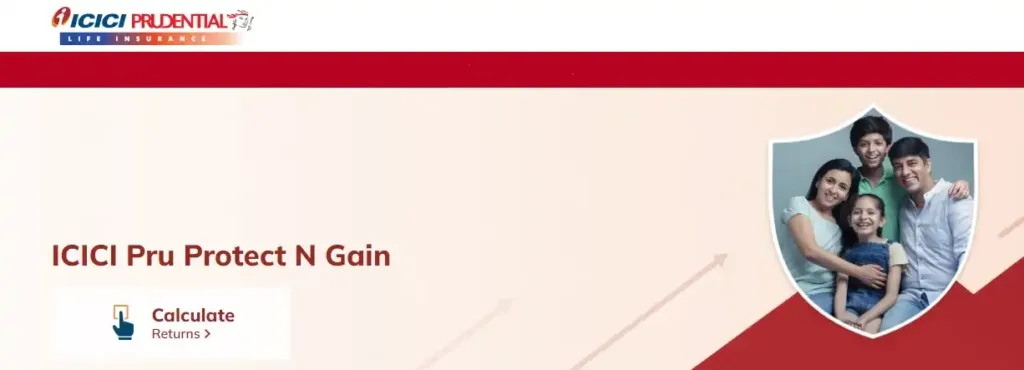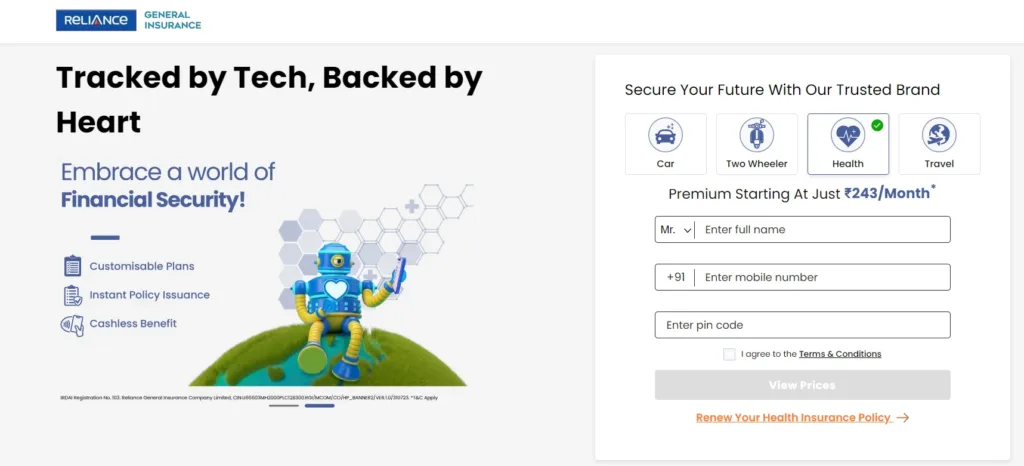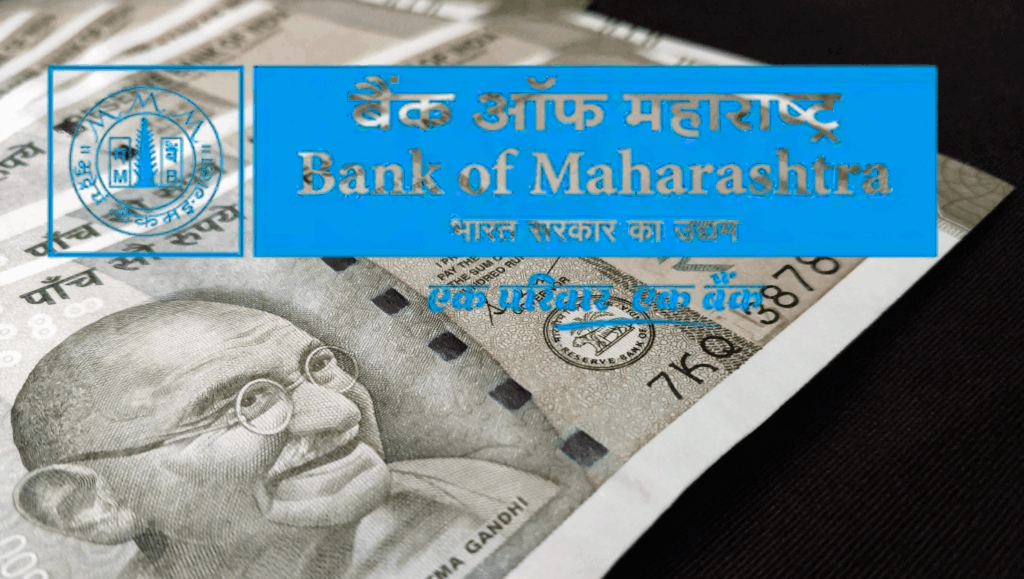
Section 44AD is a provision under the Income Tax Act in India that provides a simplified presumptive taxation scheme for eligible businesses. It allows businesses to calculate their taxable income at a prescribed rate based on their turnover or gross receipts, eliminating the need for maintaining regular books of accounts.
- Eligible Entities: Individual taxpayers, Hindu Undivided Families (HUFs), and partnership firms (excluding Limited Liability Partnerships) can opt for this scheme.
- Residency: All entities must be resident in India.
- Turnover Limit: The turnover limit has been increased from ₹2 crore to ₹3 crore for small businesses (if 95% of receipts are in digital transactions).
Common Misconceptions About Section 44AD
Here are some common misconceptions about Section 44AD:
- Only for Small Businesses:
- Misconception: Only very small businesses can opt for Section 44AD.
- Reality: Businesses with a turnover up to ₹3 crore (if 95% of receipts are digital) can opt for this scheme.
- No Record Keeping Required:
- Misconception: No records need to be maintained at all.
- Reality: While detailed books of accounts are not required, basic records of turnover and receipts should be maintained.
- No Advance Tax:
- Misconception: Businesses under Section 44AD do not need to pay advance tax.
- Reality: Advance tax must be paid, but only in one installment by March 15th.
- Fixed Profit Percentage:
- Misconception: The profit percentage is fixed at 8% regardless of the nature of transactions.
- Reality: The profit percentage is 8% for cash transactions and 6% for digital transactions.
- No Audit Ever:
- Misconception: Businesses opting for Section 44AD are never subject to audit.
- Reality: If the declared income is lower than the presumptive income and exceeds the basic exemption limit, an audit is required.
- Applicable to All Businesses:
- Misconception: Section 44AD applies to all types of businesses.
- Reality: It applies to specific businesses, excluding professions, commission or brokerage businesses, and agency businesses.
- No Need for Tax Filing:
- Misconception: Businesses under Section 44AD do not need to file tax returns.
- Reality: Tax returns must still be filed using ITR-4.
- No Deductions Allowed:
- Misconception: No deductions are allowed under Section 44AD.
- Reality: Deductions under Sections 30 to 38 are deemed to have been allowed, but no separate deductions for salary and interest to partners.
Key Features
- Businesses Covered: Section 44AD applies to various businesses, including:
- Furniture shops
- Retail stores
- Medical stores
- Garment businesses
- Traders
- Wholesale shops
- AC, TV, and fridge sellers
- Computation of Minimum Profit:
- 8% of turnover (or 6% if turnover received by account payee cheques, bank, etc.)
- If income is lower than 6% or 8%, maintain books of accounts under Section 44AA and get accounts audited under Section 44AB.
- Important Points:
- Deductions under Sections 30 to 38 (including depreciation) are deemed to have already been allowed.
- No deduction for salary and interest under Section 40(b) for firms.
- Advance tax payment by 15th March (instead of four installments).
- Exempted from maintaining books of account under Section 44AA.
- Voluntary Higher Return: Assesses can voluntarily declare a higher return.
- Presumptive Taxation Scheme: Relief from maintaining detailed books of accounts and audits.
Remember, once you opt for Section 44AD, you must follow it for the next 5 years. Failure to do so will make the scheme unavailable for the subsequent 5 years.
Advantages of Section 44AD
Here are the advantages of Section 44AD under the Income Tax Act for small business owners:
- Simplified Computation: Section 44AD provides a straightforward method to calculate taxable income. Businesses can apply a fixed percentage (8% of turnover) as their profit, eliminating the need for detailed accounting records.
- No Audit Requirement: Businesses opting for this scheme are exempt from mandatory tax audits under Section 44AB. This reduces compliance burden and associated costs.
- Presumptive Taxation: The scheme assumes that the actual profit is at least 8% of the turnover. This simplifies tax calculations and reporting.
- Cash Flow Benefit: Businesses can pay advance tax by March 15 (instead of quarterly installments), improving cash flow management.
- Reduced Record Keeping: Unlike regular taxpayers, businesses under Section 44AD are not required to maintain detailed books of accounts (Section 44AA).
Here are a few examples to illustrate the benefits of Section 44AD for small business owners:
Example 1: Retail Store Owner
Scenario: Raj owns a small retail store with an annual turnover of ₹50 lakhs.
Without Section 44AD:
- Raj needs to maintain detailed books of accounts.
- He must get his accounts audited, incurring additional costs.
- His taxable income is calculated based on actual profits, which requires meticulous record-keeping.
With Section 44AD:
- Raj can declare 8% of his turnover as profit, i.e., ₹4 lakhs (8% of ₹50 lakhs).
- He is exempt from maintaining detailed books of accounts.
- No need for a tax audit, saving on audit fees and compliance costs.
- Simplified tax calculation and reporting.
Example 2: Medical Store Owner
Scenario: Priya runs a medical store with an annual turnover of ₹1 crore.
Without Section 44AD:
- Priya needs to maintain detailed financial records.
- She must get her accounts audited, which can be time-consuming and costly.
- Her taxable income is based on actual profits, requiring detailed accounting.
With Section 44AD:
- Priya can declare 8% of her turnover as profit, i.e., ₹8 lakhs (8% of ₹1 crore).
- She is exempt from maintaining detailed books of accounts.
- No need for a tax audit, reducing compliance burden and costs.
- Simplified tax calculation and reporting.
Example 3: Garment Business Owner
Scenario: Anil owns a garment business with an annual turnover of ₹75 lakhs.
Without Section 44AD:
- Anil needs to maintain detailed books of accounts.
- He must get his accounts audited, incurring additional costs.
- His taxable income is calculated based on actual profits, which requires meticulous record-keeping.
With Section 44AD:
- Anil can declare 8% of his turnover as profit, i.e., ₹6 lakhs (8% of ₹75 lakhs).
- He is exempt from maintaining detailed books of accounts.
- No need for a tax audit, saving on audit fees and compliance costs.
- Simplified tax calculation and reporting.
Example 4: Digital Transactions Benefit
Scenario: Sita runs a wholesale shop with an annual turnover of ₹2.5 crores, with 95% of transactions done digitally.
Without Section 44AD:
- Sita needs to maintain detailed financial records.
- She must get her accounts audited, which can be time-consuming and costly.
- Her taxable income is based on actual profits, requiring detailed accounting.
With Section 44AD:
- Sita can declare 6% of her turnover as profit, i.e., ₹15 lakhs (6% of ₹2.5 crores) due to digital transactions.
- She is exempt from maintaining detailed books of accounts.
- No need for a tax audit, reducing compliance burden and costs.
- Simplified tax calculation and reporting.
These examples highlight how Section 44AD can significantly reduce the compliance burden, simplify tax calculations, and save costs for small business owners.
Penalties for Non-Compliance under this Scheme
Non-compliance with the provisions of Section 44AD can lead to several penalties and consequences. Here are the main ones:
- Ineligibility for Presumptive Taxation Scheme:
- If a taxpayer opts out of the presumptive taxation scheme after having availed of it, they will not be eligible to avail of the benefits of Section 44AD for the next 5 assessment years.
- Maintenance of Books of Accounts:
- If the declared income is lower than the presumptive income and exceeds the basic exemption limit, the taxpayer must maintain books of accounts and get them audited under Section 44AB.
- Regular Assessment Procedures:
- The taxpayer may be subject to regular assessment procedures, which involve detailed scrutiny and verification of accounts.
- General Penalties:
- Penalties under the Income Tax Act may apply, such as:
- Penalty for Failure to Maintain Books of Accounts: Up to ₹25,000.
- Penalty for Failure to Get Accounts Audited: 0.5% of total sales, turnover, or gross receipts or ₹1, 50,000, whichever is less.
- Penalties under the Income Tax Act may apply, such as:
Comparison Between this Scheme and Regular Taxation Penalties
Here’s a comparison between the penalties under Section 44AD and regular taxation:
| Aspect | Section 44AD | Regular Taxation |
|---|---|---|
| Eligibility for Scheme | Ineligible for 5 years if opted out after availing | Not applicable |
| Books of Accounts | Not required unless income is lower than presumptive income and exceeds exemption limit | Required to be maintained as per Section 44AA |
| Audit Requirement | Required if income is lower than presumptive income and exceeds exemption limit | Required if turnover exceeds ₹1 crore (₹10 crore for digital transactions) |
| Penalty for Failure to Maintain Books | Up to ₹25,000 | Up to ₹25,000 |
| Penalty for Failure to Get Accounts Audited | 0.5% of turnover or ₹1,50,000, whichever is less | 0.5% of turnover or ₹1,50,000, whichever is less |
| Advance Tax Payment | Single installment by March 15 | Quarterly installments |
| Scrutiny and Verification | Simplified, based on presumptive income | Detailed scrutiny and verification of accounts |
| Compliance Burden | Lower, due to simplified presumptive taxation | Higher, due to detailed accounting and audit requirements |
Checklist for Businesses Considering Switching to Section 44AD
Here’s a checklist for businesses considering switching to Section 44AD:
- Eligibility Verification:
- Confirm your business type (individual, HUF, or partnership firm excluding LLP).
- Ensure your business turnover is within the ₹3 crore limit (if 95% of receipts are digital).
- Decision Timing:
- Decide to opt for Section 44AD at the beginning of the financial year.
- Documentation:
- Gather basic records of your turnover and receipts.
- Ensure you have documentation for digital transactions if applicable.
- ITR Form Selection:
- Use ITR-4 (Sugam) for filing your income tax return.
- Income Declaration:
- Calculate your presumptive income as 8% of turnover (or 6% for digital transactions).
- Advance Tax Payment:
- Plan to pay your advance tax by March 15th.
- Record Keeping:
- Maintain minimal records to substantiate your turnover and receipts.
- Commitment:
- Commit to using Section 44AD for the next 5 years.
- Understand that switching back to regular taxation within this period will make Section 44AD unavailable for the next 5 years.
- Consultation:
- Consult with a tax professional to ensure compliance and optimize your tax strategy.
Switching to Section 44AD from Regular Taxation
Switching to Section 44AD from regular taxation involves a few steps. Here’s a guide to help you through the process:
Steps to Switch to Section 44AD
- Eligibility Check:
- Ensure your business qualifies for Section 44AD. This scheme is available to individuals, Hindu Undivided Families (HUFs), and partnership firms (excluding LLPs) with a turnover of up to ₹3 crore (if 95% of receipts are through digital transactions).
- Opting for Section 44AD:
- You can opt for Section 44AD at the beginning of the financial year. This means you should decide before filing your first advance tax installment.
- Filing the Correct ITR Form:
- Use ITR-4 (Sugam) to file your income tax return under Section 44AD. This form is specifically designed for taxpayers opting for presumptive taxation.
- Declare Presumptive Income:
- Declare your income as 8% of your turnover (or 6% if receipts are through digital transactions). This simplifies your tax calculation.
- Maintain Minimal Records:
- While detailed books of accounts are not required, you should still maintain basic records of your turnover and receipts to substantiate your claims if needed.
- Advance Tax Payment:
- Pay your advance tax by March 15th of the financial year. Unlike regular taxpayers, you don’t need to pay in quarterly installments.
- Commitment for 5 Years:
- Once you opt for Section 44AD, you must continue with it for the next 5 years. If you switch back to regular taxation within this period, you cannot opt for Section 44AD for the next 5 years.
Example Scenario
Scenario: Ramesh runs a small retail business with an annual turnover of ₹1.5 crore. He has been filing taxes under the regular scheme but wants to switch to Section 44AD for the upcoming financial year.
Steps for Ramesh:
- Eligibility Check: Ramesh confirms his business turnover is within the ₹3 crore limit and 95% of his receipts are digital.
- Opting for Section 44AD: Ramesh decides to opt for Section 44AD at the start of the financial year.
- Filing ITR-4: Ramesh uses ITR-4 to file his income tax return.
- Declare Presumptive Income: He declares 6% of his turnover as income, i.e., ₹9 lakhs (6% of ₹1.5 crore).
- Maintain Minimal Records: Ramesh keeps basic records of his turnover and digital receipts.
- Advance Tax Payment: He pays his advance tax by March 15th.
- Commitment for 5 Years: Ramesh commits to using Section 44AD for the next 5 years.
By following these steps, Ramesh can benefit from simplified tax calculations and reduced compliance requirements under Section 44AD.
Conclusion
Section 44AD of the Income Tax Act offers a simplified and efficient taxation scheme for small business owners in India. By allowing businesses to declare a fixed percentage of their turnover as profit, it reduces the compliance burden and eliminates the need for detailed accounting and audits. This scheme is particularly beneficial for businesses with a turnover of up to ₹3 crore, especially those with a high percentage of digital transactions.
Opting for Section 44AD can lead to significant cost savings, streamlined tax calculations, and improved cash flow management. However, it is crucial to understand the eligibility criteria, maintain basic records, and commit to the scheme for a minimum of five years to fully benefit from its provisions.
While Section 44AD simplifies the tax process, businesses must remain aware of the potential penalties for non-compliance and the conditions under which they may need to revert to regular taxation. Consulting with a tax professional can provide personalized guidance and ensure that the business remains compliant with all tax regulations.
Frequently Asked Questions
- What is Section 44AD?
- Section 44AD is a presumptive taxation scheme under the Income Tax Act that allows eligible small businesses to declare a fixed percentage of their turnover as profit, simplifying tax calculations and compliance.
- Who is eligible for Section 44AD?
- Individual taxpayers, Hindu Undivided Families (HUFs), and partnership firms (excluding LLPs) with a turnover of up to ₹3 crore (if 95% of receipts are digital) are eligible for Section 44AD.
- What is the turnover limit for Section 44AD?
- The turnover limit for Section 44AD is ₹3 crore if 95% of the receipts are through digital transactions. Otherwise, the limit is ₹2 crore.
- What percentage of turnover is considered as profit under Section 44AD?
- 8% of turnover is considered as profit for cash transactions, and 6% for digital transactions.
- Do I need to maintain books of accounts under Section 44AD?
- No, detailed books of accounts are not required under Section 44AD. However, basic records of turnover and receipts should be maintained.
- Is audit required under Section 44AD?
- Audit is not required unless the declared income is lower than the presumptive income and exceeds the basic exemption limit.
- Can I switch back to regular taxation after opting for Section 44AD?
- Yes, but if you switch back to regular taxation, you cannot opt for Section 44AD for the next 5 assessment years.
- What form should I use to file my tax return under Section 44AD?
- Use ITR-4 (Sugam) to file your income tax return under Section 44AD.
- When do I need to pay advance tax under Section 44AD?
- Advance tax must be paid in a single installment by March 15th of the financial year.
- What are the penalties for non-compliance with Section 44AD?
- Penalties include ineligibility for the scheme for 5 years, requirement to maintain books of accounts and get them audited, and general penalties under the Income Tax Act for failure to maintain books or get accounts audited.
-

Vivo X200T India Launch: 50MP ZEISS Trifecta, Dimensity 9400+ Battery Beast Hits Jan 27 – Under ₹70k!
-

Massive Stock Market Crash: 638 NSE Stocks Hit 52-Week Lows – How Did FIIs and DIIs Influence This Crash Today?
-

Silver Hits ₹3.18L/kg! Top Cities’ Rates vs Yesterday’s Dip
-

Indian Stock Market Trends: Key Insights for January 20, 2026 – What Dalal Street Signals for Investors





























